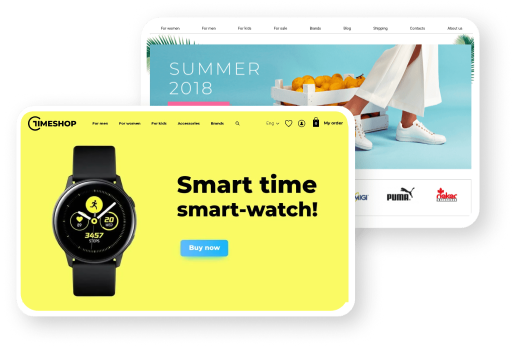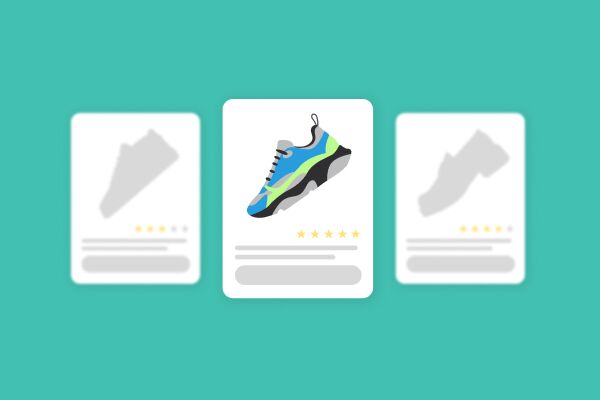- Step 1. Creating a business plan
- Step 2. Choosing a niche
- Step 3. Defining the price segment of your product
- Step 4. Finding reliable suppliers
- Step 5. Creating a customer profile
- Step 6. Creating a brand and registering a domain
- Step 7. Creating a website for your online store
- Step 8. Legal registration
- Step 9. Adding products to the website
- Step 10. Attracting customers
- Step 11. Analyzing visits and sales
- Step 12. Considering potential risks
- Conclusion
Cartum has created a guide to help you start an online store from scratch and not miss important steps.
The Cartum platform allows you to create an online store with everything you need for successful online sales. We understand the questions and challenges that new entrepreneurs often face, so we have prepared a guide to help you open an online store from scratch.
Step 1. Creating a business plan
To assess the prospects of your online store and turn them into reality, it is important to outline all operational details. While creating your business plan, you will think about issues that are often overlooked or postponed. A business plan for an online store is necessary to:
-
set realistic goals, such as reaching 500 sales by the end of the year;
-
analyze how promising your chosen niche is;
-
study the main competitors in your industry and understand what makes you better and what your unique selling proposition is;
-
determine your initial capital and specify how you will allocate it;
-
describe the challenges your online store might face and ways to address them.
Step 2. Choosing a niche
It is important to choose the right niche for your online store, as it will affect not only your income but also your engagement with the business. Working with a topic that interests you and also generates steady profit is very different from selling products that feel boring to you.
-
There are several criteria that can help you determine whether you have chosen the right niche.
-
You are willing to work in this niche even if the profit is lower. This shows your passion and will help you stay committed during potential business downturns.
-
The niche has room for expansion. For example, if you start with women’s shoes, you can later expand your product range to include men’s and children’s footwear.
-
You have analyzed the main competitors and understand your advantages. These could include expert consultations for customers, lower prices, promotional offers, and so on.
If you have not yet chosen a niche, you can consider best-selling products. Sales statistics can help you identify popular niches. Study research from major players and analyze data from specialized services. For example, Google Trends shows strong demand among online shoppers for cosmetics, home fitness products, small kitchen appliances, pet supplies, and tools for home improvement. In our article, we have provided more details about popular products for online sales.
Step 3. Defining the price segment of your product
In the beginning, you won’t be able to cover the entire niche. Therefore, you should decide which segment you will focus on — budget, mid-range, or premium. Different price segments vary by:
-
target audience — for example, when selling expensive products, your pool of potential buyers is likely to be smaller than when selling mass-market goods;
-
messaging in advertising — in the budget segment, you can focus on discounts, while in the premium segment, you should highlight exclusivity and premium quality;
-
time needed to make a purchasing decision — low-cost products are often bought impulsively, while more expensive items are usually considered for a longer time.
Step 4. Finding reliable suppliers
This is a crucial task and one of the key pillars on which the success of your online store is built. The right choice of supplier directly impacts:
-
the quality of the products you plan to sell;
-
the breadth of your product range;
-
the regularity of deliveries;
-
the possibility of arranging additional shipments;
-
the ability to secure discounted prices during sales periods.
Finding a supplier for your online store is not too difficult. You need to monitor Google search results, specialized supplier directories, and relevant communities. If you do not want to rent a warehouse and make bulk purchases but value a wide product range, you can use dropshipping. When negotiating with suppliers, be sure to clarify:
-
whether they provide all the necessary official documentation for the products;
-
what the minimum order quantity is;
-
how they deliver paid products;
-
who handles repairs or replacements under warranty cases;
-
whether the supplier provides product descriptions and photos;
-
whether you can order product samples for testing.
All of these factors will influence the effectiveness of your future cooperation.
Step 5. Creating a customer profile
The target audience consists of people for whom your product holds specific value or benefits, who are interested in it and ready to make a purchase. It is essential to focus on them when creating advertising offers. In 2023, the American luxury brand Tiffany & Co collaborated with Nike. The company launched sales of casual-style sneakers featuring the Nike logo. With this move, Tiffany & Co aimed to expand its audience and attract Generation Z buyers. As a result, the brand received mixed reviews and even criticism from loyal customers who valued its sophistication and classic style. Many felt that the collaboration was «too street» and did not align with the brand’s premium image and philosophy.
For example, if you know that the average customer of your online store is a young woman aged 23–30 with a university degree who actively shops online and is planning a wedding, you can:
-
create more precise targeting;
-
make more effective messaging;
-
identify triggers that influence purchasing decisions;
-
determine the best channels for promotion.
It is also important to consider the type of target audience. There are several categories:
-
the core audience — people who make the purchasing decision, such as brides buying a wedding dress;
-
the indirect audience — people who influence the purchase, such as mothers who offer advice or pay for the purchase;
-
the broad audience — all brides searching for a wedding dress;
-
the narrow audience — brides looking for a white dress of a specific style.
You should create a separate message for each audience segment to maximize conversions.
Step 6. Creating a brand and registering a domain
Having your own brand is an investment that will not pay off quickly, but if you develop it, it will bring long-term results for your store without requiring significant effort. A well-developed brand motivates customers to choose you. It is not just about a slogan, logo, brand book, or the name of your online store. Primarily, it is about the associations that come to customers' minds when they think about your company.
To create a positive impression, you need to be customer-oriented, clearly communicate your company’s values, and invest in brand recognition. It is important to actively engage in content marketing: maintain a blog for your online store, write articles for the media, and send informative newsletters. All of this will help keep your company’s name top of mind and ensure you remain in demand among customers.
You also need to register a domain, without which your online store cannot begin operating. This is the website address displayed in the browser's address bar and ideally should include the name of your online store. If you are struggling to come up with a domain name, you can use an online store name generator.
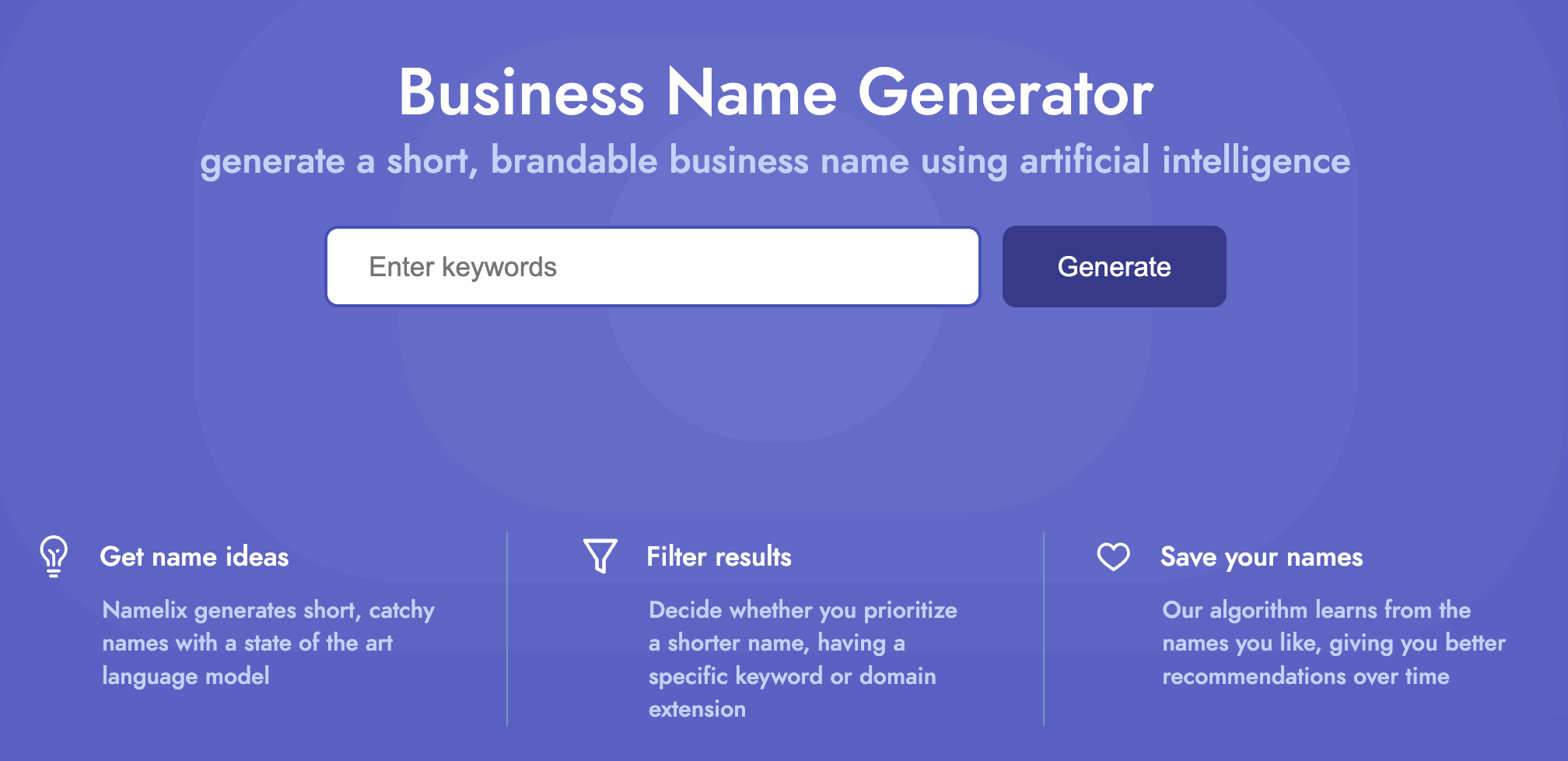
Step 7. Creating a website for your online store
Once you have chosen your niche and developed your brand concept, you can move on to creating your online store. Cartum makes this task much easier by giving entrepreneurs access to a ready-to-use website that only needs to be customized for their business. Submit an application on our website and get a 7-day free trial to explore the platform’s capabilities.
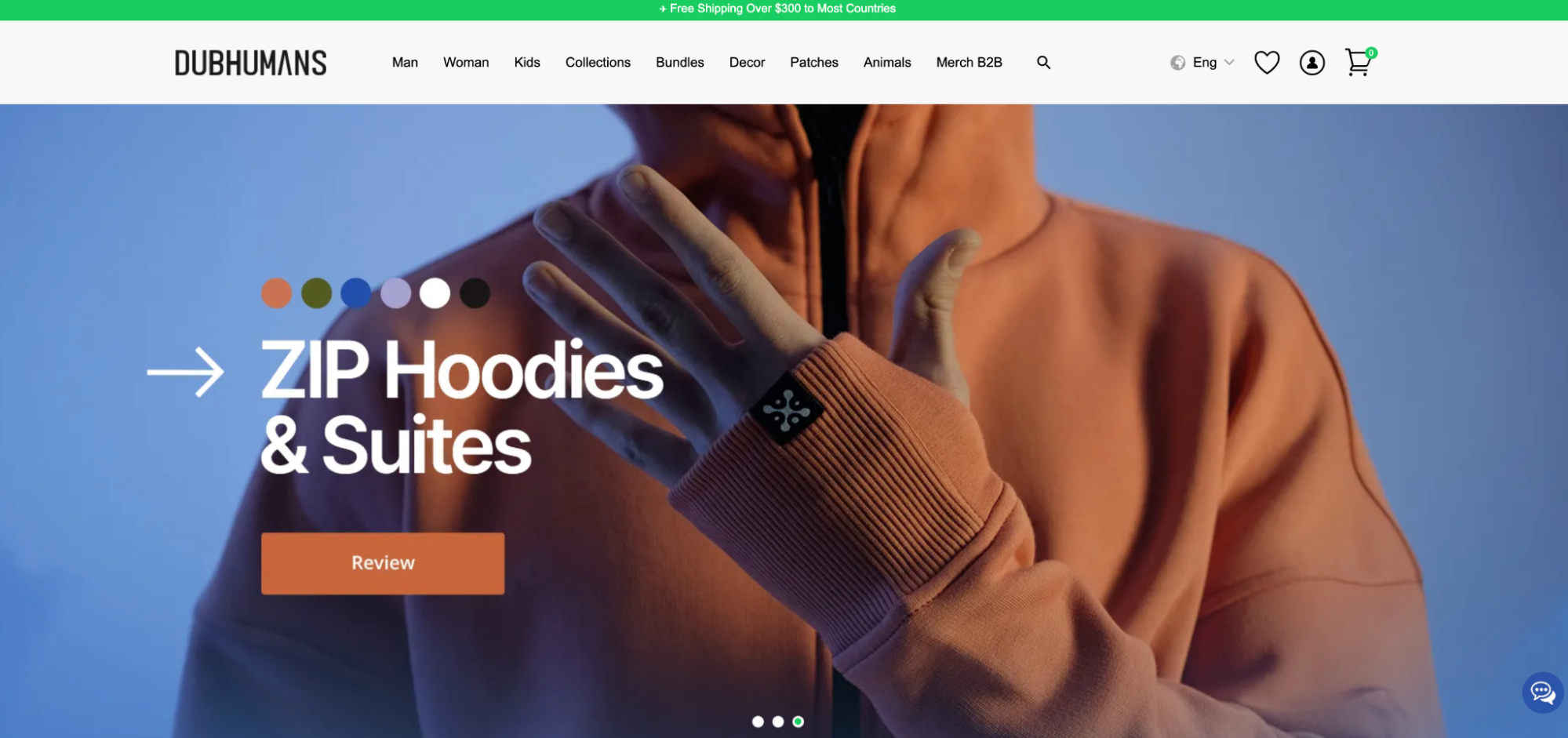
Step 8. Legal registration
To operate legally, you must be officially registered. Legal registration of a business usually involves selecting and registering an organizational and legal form, as well as opening a bank account. These are the minimum steps required to engage in official entrepreneurial activity. To avoid fines, make sure to familiarize yourself with the legal requirements for opening an online store in the country where you plan to conduct business.
Step 9. Adding products to the website
On the Cartum platform, working with products does not take much time. We have made sure that this process is as quick and convenient as possible. To upload products to your site, you can use an Excel import. You can compile information from various sources into a single Excel file and then bulk import it into your online store. This type of table is easy and quick to edit. The Excel import option can also be used when migrating to Cartum from another CMS, provided it offers the ability to export data to Excel.
Content can also be added in other ways:
-
manually — if you have a small number of products and need to gather information from different documents or websites;
-
using an import from an XML file.
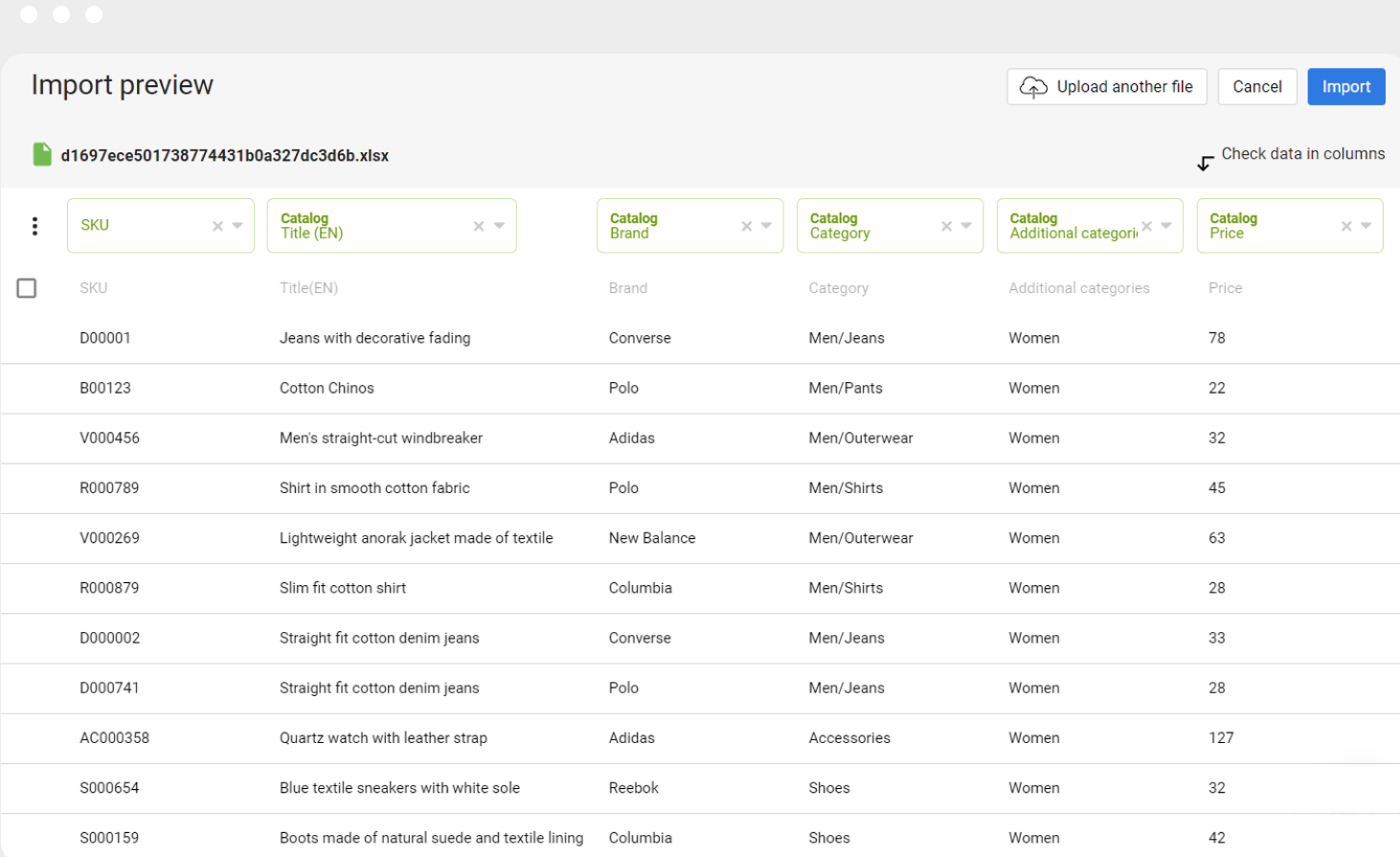
Step 10. Attracting customers
An online store owner must actively promote their store. Having a stylish and user-friendly online store is very important, but it won't matter if users don't find out about it. Some promotional channels can be developed immediately after the website is created.
Social Media (Facebook and Instagram)
It is important for an online store to have a presence on social media. This allows you to gather loyal potential customers in one place, communicate with them more frequently, and share news updates. Most importantly, social media serves as an additional showcase that can drive sales.
You can also run targeted ads and remarketing campaigns through social media. Our platform allows you to export your products to Facebook and Instagram using a special feed that can be generated in just a few clicks. No special technical knowledge is required for this process.
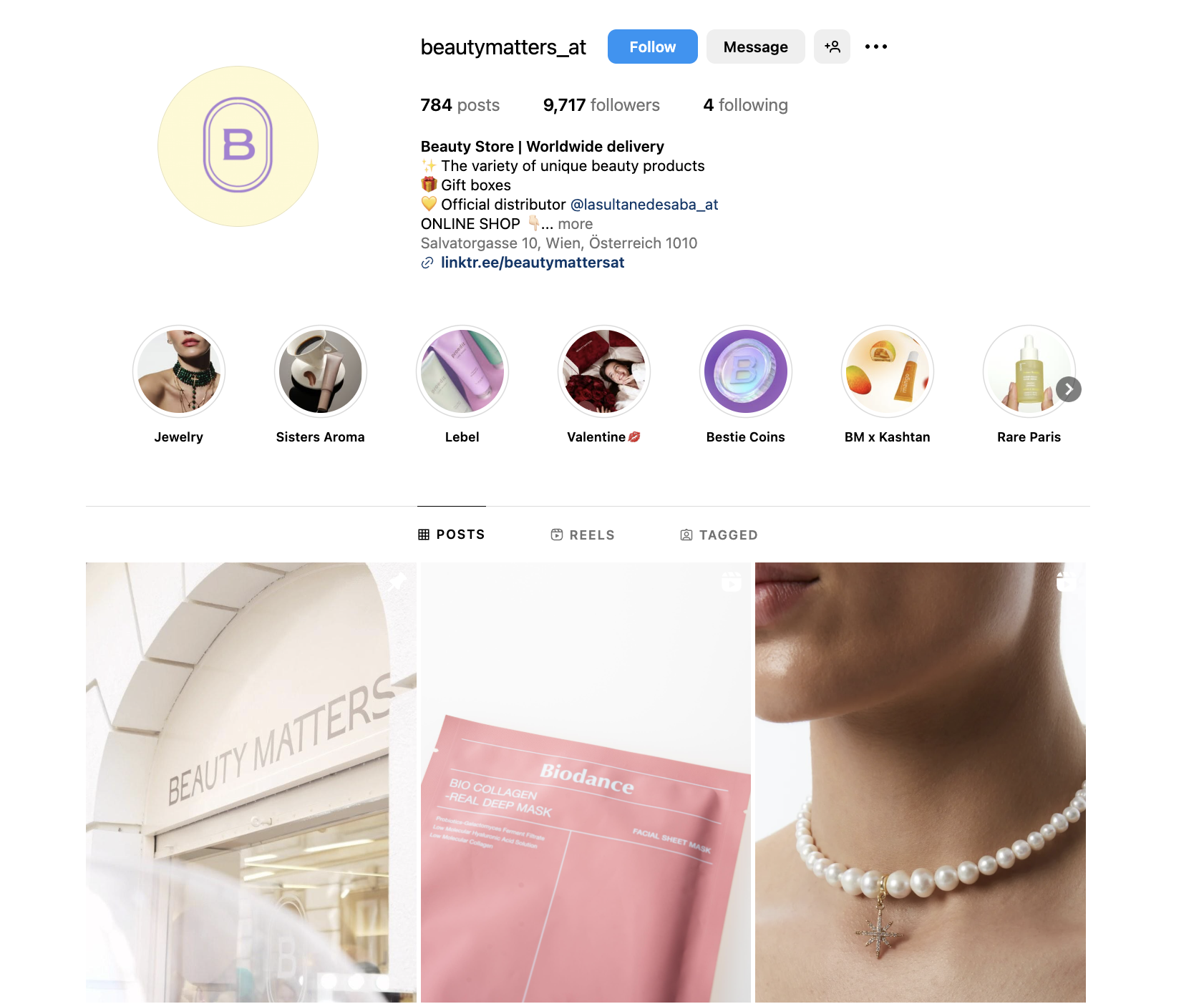
SEO
Organic Google search is one of the most stable sources of high-quality leads for an online store. This channel allows you to compete with larger players through low-frequency queries and does not require payment for every click. The downside of SEO is that initial results appear only after several months of active optimization, and the process can be costly.
The Cartum team has developed websites on the platform with the needs of search engines and SEO specialists in mind. Website owners have access to all essential SEO settings, saving time and money that would otherwise be spent on initial optimization.
-
Online stores are technically optimized — there’s no need to pay specialists for audits and improvements.
-
There is a mobile version available under the same URL as the desktop version, which is crucial in the era of Mobile-First Indexing.
-
A product catalog filtering system has been developed to help cover the full range of semantic queries for each category.
-
A well-thought-out indexing management system has been implemented to help quickly index all valuable pages.
Google Paid Search
Ads appearing at the top of search results marked «Sponsored» allow an online store to immediately capture the user's attention right after they enter a search query. Paid search advertising will be effective if users are directed to a stylish, user-friendly website with fast page load speeds, a mobile version, and complete, up-to-date product descriptions.
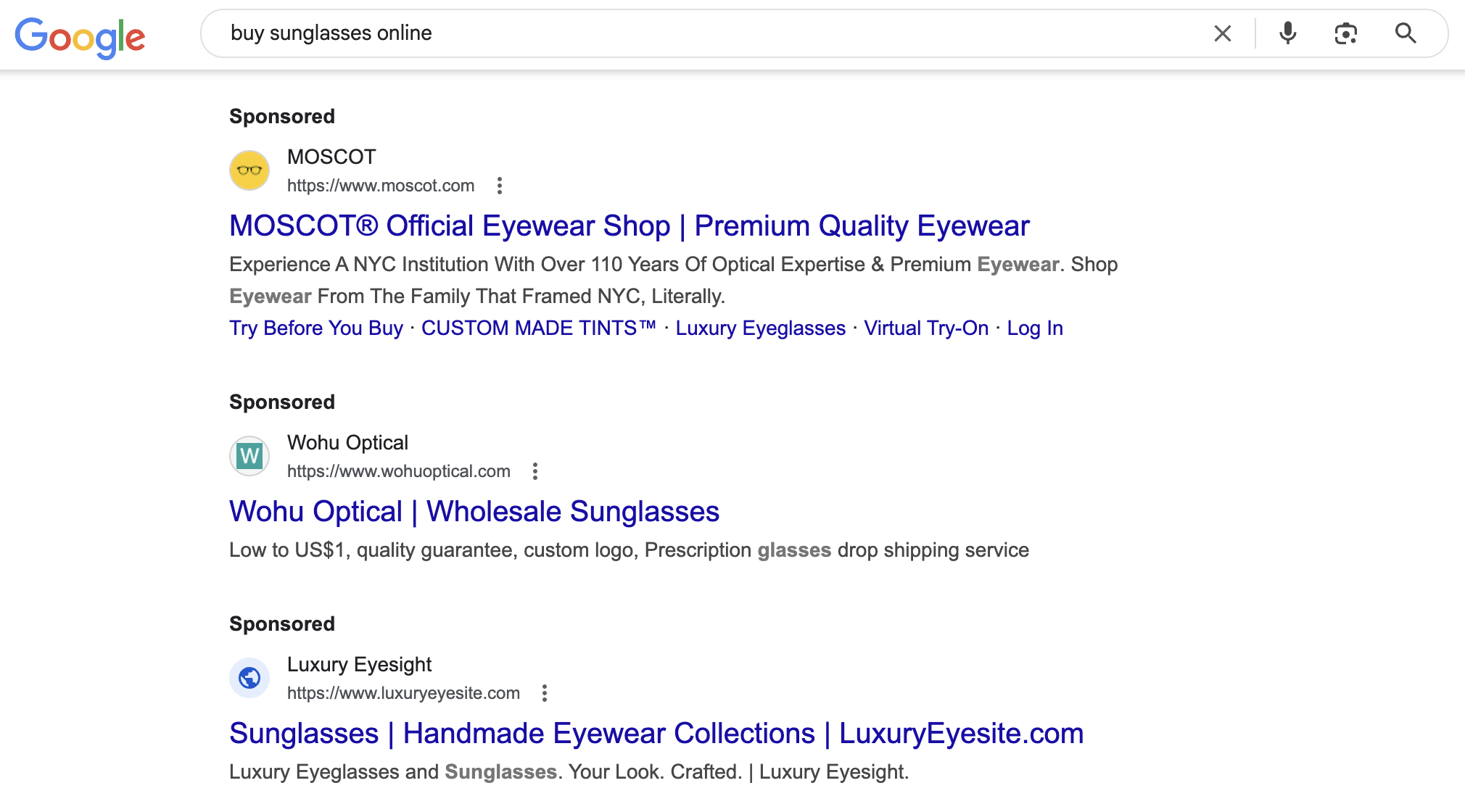
Email Marketing
Email campaigns allow you to inform customers and maintain regular contact with them. Email marketing campaigns are conducted for various purposes, for example, they can be used to:
-
notify users about order confirmations, order status, and payment and delivery terms;
-
request reviews of products and the online store;
-
remind users about abandoned carts;
-
announce new collections and promotional offers;
-
share informational materials about products and ways to use them;
-
send holiday greetings;
-
recommend products that the customer might like;
-
remind customers about the online store and offer discounts and gift certificates.
On Cartum, you can send trigger-based informational emails without needing to connect external services. These emails are sent to users after specific events or based on set conditions. If you need additional features, you can use one of the available integrations with email marketing services.
Google Business Profile
By registering with Google Business Profile, your company can appear on the first page of search results for certain queries without investing in SEO. The service works in most countries, you can check availability for the region where your online shop is registered by clicking the link. When filling out your company profile, make sure all fields are completed. A properly filled-out profile will allow users to see:
-
the location of your office or pickup point;
-
photos;
-
operating hours;
-
contact information;
-
website address;
-
reviews of your online store.
Remember to regularly update photos and videos, and respond to customer questions and reviews.
Step 11. Analyzing visits and sales
It is recommended to connect Google Analytics to your online store immediately after launch to regularly use analytics moving forward. This tool helps you:
-
identify the most popular products to restock in a timely manner;
-
determine what percentage of visitors complete purchases;
-
analyze traffic sources to focus on the most effective ones;
-
understand the average order value in your online store;
-
evaluate how promotions and discounts impact the number of sales.
Connecting and setting up Google’s analytics tools on Cartum is greatly simplified and takes no more than half an hour.
Step 12. Considering potential risks
By following our recommendations and instructions, you can significantly reduce the risks when launching your online store. However, this does not eliminate the possibility of unforeseen events and challenges you may face in the future. These issues will need to be addressed individually; there is no universal formula for avoiding them. Your task is to be mentally prepared for possible obstacles and not give up on entrepreneurship after the first setbacks.
Conclusion
The journey from an idea to launching a fully functioning online store with multiple marketing channels is long and labor-intensive. Approach each stage thoughtfully, take our recommendations into account, and do not skip important steps, as thorough preparation is the foundation for successful sales in the future.
